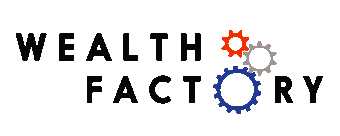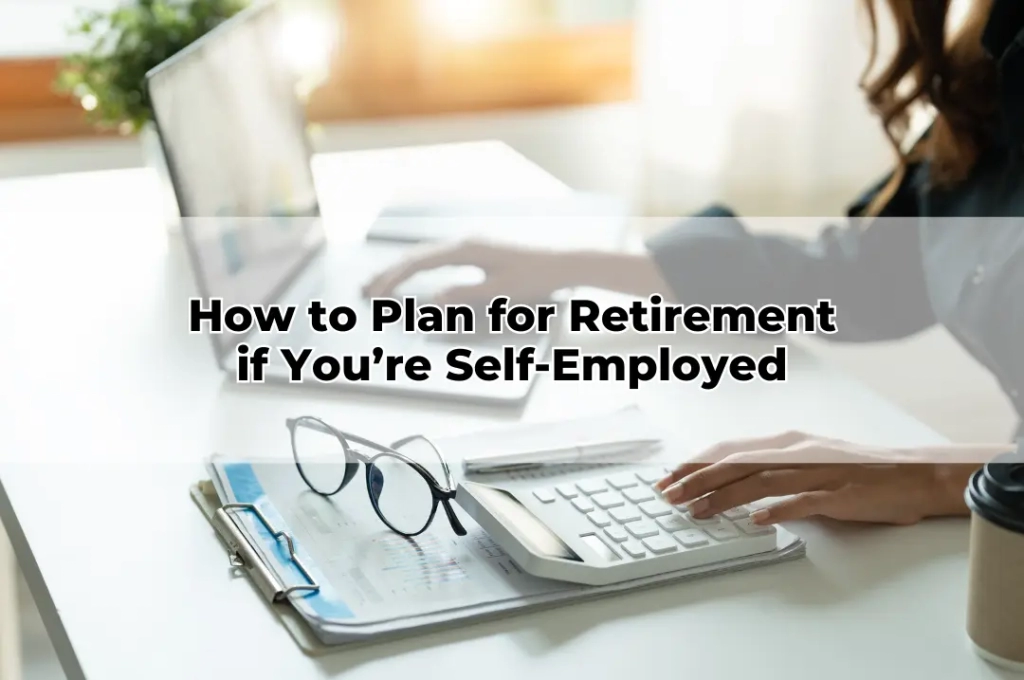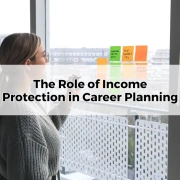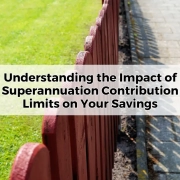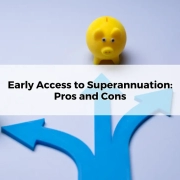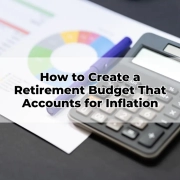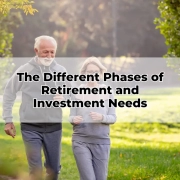How to Plan for Retirement if You’re Self-Employed
Table of Contents
ToggleSelf-employed Australians enjoy a distinct level of autonomy in their working lives, yet face a corresponding burden when it comes to planning for retirement. Without the automatic superannuation contributions enjoyed by employees, the task of securing financial independence falls squarely upon their own shoulders. Unlike salaried workers, many self-employed individuals oscillate between periods of prosperity and leaner times, making consistent retirement savings a complex endeavour. Here, strategic foresight and professional guidance from a trusted Toowoomba Financial Adviser becomes critical. Understanding these unique circumstances is the first step toward achieving a retirement lifestyle that reflects your personal aspirations.
Start Early: The Power of Compounding Returns
The earlier retirement planning begins, the greater the benefits of compounding returns. Even modest contributions made consistently over time can snowball into significant retirement savings. Starting in your thirties or earlier allows investments to endure the inevitable market fluctuations, ultimately smoothing volatility and enhancing wealth accumulation. Time is your greatest ally; delaying savings in favour of immediate business reinvestment may seem pragmatic, but it often compromises future financial security. A deliberate, measured balance between business growth and personal wealth creation is essential for long-term financial success.
Establishing a Structured Retirement Plan
Self-employed individuals must formalise their retirement strategy with the same rigour they apply to their business operations. A structured retirement plan outlines specific goals, timelines, investment vehicles, and contribution schedules. Working with a professional who specialises in Financial Planning Toowoomba ensures that the strategy is both realistic and tailored to personal circumstances. A written plan fosters accountability, providing a tangible roadmap to financial independence and helping mitigate the risks of ad hoc or inconsistent saving behaviours.
Superannuation: Not Just for Employees
Superannuation remains the cornerstone of retirement funding in Australia, and self-employed individuals are entitled to contribute just as employees are — even if not legally obligated. Deductible personal contributions can be made to a superannuation fund, enabling tax-effective wealth accumulation. Moreover, strategies such as salary sacrifice and concessional contributions can significantly bolster retirement savings over time. Taking advantage of the concessional tax environment offered by superannuation is one of the most powerful tools in the self-employed arsenal.
Choosing the Right Super Fund for Your Needs
Selecting an appropriate superannuation fund is pivotal to optimising returns and minimising costs. Self-managed superannuation funds (SMSFs) appeal to many self-employed Australians seeking greater control, but they come with regulatory responsibilities and operational complexity. Alternatively, retail and industry funds provide professionally managed options with a broad range of investment choices. Consulting a qualified Online Financial Adviser can assist in navigating fund selection, ensuring alignment with your investment philosophy, risk appetite, and retirement objectives.
Setting Realistic Retirement Income Goals
Defining your desired retirement lifestyle is a critical first step in determining the level of income required post-retirement. This involves honest introspection regarding living costs, healthcare expenses, travel ambitions, and other lifestyle considerations. Establishing a realistic target income allows for back-calculating the necessary retirement corpus. This process should incorporate inflation assumptions, life expectancy, and potential aged care needs, ensuring a comprehensive and sustainable retirement income strategy.
Diversifying Investments Outside Super
While superannuation is essential, over-reliance can be risky. Diversifying investments outside super, such as through property, shares, managed funds, or even business assets, enhances financial flexibility and risk mitigation. Building wealth across different asset classes provides liquidity, enabling greater access to funds prior to reaching preservation age. Diversification also offers protection against legislative changes that may impact superannuation rules in the future, safeguarding long-term retirement plans.
Protecting Your Income and Assets
Self-employed individuals often face greater income volatility and business risk than employees. Protecting against these uncertainties through appropriate insurance coverages — such as income protection, total and permanent disability (TPD) insurance, and business expenses insurance — is essential. These protections ensure that unforeseen illnesses or accidents do not derail retirement savings plans. Collaborating with a Financial Planning Toowoomba professional ensures your insurance strategy dovetails with your broader wealth creation and preservation objectives.
Maximising Tax Efficiency
Effective tax planning can significantly enhance retirement savings outcomes. Utilising concessional super contributions, taking advantage of small business capital gains tax (CGT) concessions upon the sale of business assets, and structuring investments tax-efficiently are critical strategies. Properly managing tax obligations enables more money to remain invested and compounding over time. Tailored advice from a knowledgeable Toowoomba Financial Adviser can uncover hidden opportunities to legally minimise tax liabilities and accelerate wealth accumulation.
Planning for Business Succession
Many self-employed Australians plan to fund part of their retirement by selling their businesses. However, relying solely on a successful business exit is fraught with risk. Market conditions, business valuation, and buyer demand can all dramatically affect sale outcomes. Developing a formal business succession plan — identifying potential successors, outlining transition arrangements, and preparing the business for sale — maximises the probability of achieving an optimal exit. Strategic succession planning is an indispensable component of a comprehensive retirement strategy.
Utilising Government Support
The Australian Government provides numerous programs and initiatives that can assist self-employed individuals in saving for retirement. These include co-contribution schemes, the low income super tax offset (LISTO), and downsizer contributions for eligible individuals. Staying abreast of available benefits — and structuring your finances to maximise eligibility — can provide valuable boosts to your retirement savings without additional strain on cash flow. Leveraging expert advice ensures no available advantage is overlooked.
Regularly Reviewing and Adjusting Your Plan
Retirement planning is not a “set and forget” exercise. Changes in business income, personal circumstances, economic conditions, and legislative frameworks necessitate regular review and adjustment of retirement strategies. Annual reviews with an Online Financial Adviser allow for proactive recalibration, ensuring that your financial plan remains aligned with evolving goals and realities. Adaptability is key to overcoming the inevitable unpredictabilities encountered on the road to retirement.
Embracing Technology in Financial Management
Modern financial technology offers self-employed Australians an unprecedented ability to monitor and manage their finances. Budgeting apps, superannuation platforms, and investment tracking tools empower individuals to stay informed and make timely decisions. Automation of contributions, bill payments, and savings can remove the psychological barriers to consistent wealth accumulation. Integrating appropriate technology solutions under the guidance of a Financial Planning Toowoomba expert fosters discipline, efficiency, and peace of mind.
Preparing Emotionally for Retirement
Beyond the financial, self-employed individuals must also prepare for the psychological transition into retirement. Work often forms a core part of identity and purpose, particularly for those who have built businesses from scratch. Planning for retirement activities — whether travel, volunteering, consulting, or new hobbies — provides structure and meaning in the post-work phase. Emotional readiness underpins a successful and fulfilling retirement, complementing financial preparedness.
Conclusion
Retirement planning for self-employed Australians demands foresight, discipline, and professional guidance. Without the institutional frameworks enjoyed by salaried employees, self-employed individuals must take proactive responsibility for their financial futures. Partnering with an experienced Toowoomba Financial Adviser provides the expertise, structure, and strategic insight required to transform retirement aspirations into reality. Whether you are just embarking on your entrepreneurial journey or approaching the twilight of your career, strategic retirement planning remains your most critical investment.
